When tying fly patterns, it’s very important that you try your best to incorporate several different elements of fly design to increase their effectiveness.
No one knows with complete certainty what order or priority trout rank each element of a food source or fly pattern, but most anglers agree that the value or ranking of the elements often change depending on how long a trout has been selectively feeding on a specific food source, at what frequency the specific food source is being eaten, and how diverse or consistent a trout’s diet is at the present moment. The order of the elements that I will talk about in know way ranks the importance of the elements. Instead, fly tiers should look at them together as a whole, and try to include as many as possible or as a check list of the features a fly pattern should have when completed. Doing so, they should find there fly patterns more effective on the water for fooling and catching trout. In this post, I will specifically talk about eight different elements of fly design that fly tiers should pay close attention to when tying fly patterns at the vise.
1 & 2. Size (body) & Shape (Outline)
All trout food sources have a distinguishable main body that’s easy for trout to spot. When fly tiers have finished tying a fly it should only take a fraction of a second for the tier to be able to distinguish where the main body (abdomen & thorax) of the fly is located and if it’s tied in the correct proportion to the size of the hook. If multiple elements of a fly pattern end up mixing together or aren’t clearly defined by the eye, you’re pattern will often be rejected by trout because they won’t be able to easily recognize the different areas of the fly and relate them to the naturals (tail, body, thorax, head). A sign of this happening is when you’re fishing a pattern you’ve tied and it never seems to be hot. Take for example, the occasional twig that floats downstream. Trout rarely pay much attention to them because most of them are uniform in look and shape and therefore lack enough positive life-like features or action to resemble food. They have the attitude if they’ve test one twig, they’ve tested them all. Anglers should always tie or purchase fly patterns in multiple sizes. Quite often you’re fishing the right pattern, but it’s just too big or small, usually too big.
One of the first rules I learned in fly tying from my instructors was my flies needed to have the proper shape. My instructors made sure that I tied each part of the fly pattern in proper proportions and used a graduating taper moving towards the eye of the hook. The golden rule was beat into me if you get the body and thorax wrong on the fly, you’re finished fly will be crap. That’s because the main body of an insect (comprises the largest percentage of the flies size) and it’s the first thing a trout focuses in on when they see your fly pattern. If you look at the bodies of aquatic insects you’ll notice that they almost always have a noticeable degree of increasing taper from the tail to the head. Trout understand this and it’s an element that they use when deciding whether the object they’re looking at is food or not food. To get that nice taper, it requires you to slow down at the vise, but doing so, it will significantly increase the effectiveness of the fly patterns you tie. One tip I’ve found when dubbing a nice tapered body is to use sparse amounts of tying materials and to take your time. Don’t try to dub the entire body with one large amount of dubbing in one shot. As you get more proficient at tying you’ll find it easier to get a smooth taper and it will only take a fraction of the time.
3. Translucency
Take a close look at aquatic insects and you’ll quickly notice that the majority of them have a significant degree of translucency in the bodies. Trout often see transparency in food prospects as a positive element in their food sources. When tying flies you should make a point to try to tie your flies with some degree of translucency. A good way to accomplish this is by mixing different colors of dubbing and tying it sparsely on the hook. You can use stretchy synthetic ribbing (ex. v-ribbing) or shellback materials that are somewhat transparent out of the package. A subtle degree of translucency will give your flies depth and a natural look that other non-food floating debris in the current will not carry. Remember you can tie in lighter colored materials that are translucent and then use a darker sharpie marker over the top of them to get that multi-color and transparent look.
4. Appendages (wings, legs, tails)
Although there’s a small percentage of trout food sources that don’t really have dominant appendages (antennae, legs, gills, wings, tails) most do. So when you’re tying flies, you should alway make sure you’re doing a good job of adding appendage like features into your patterns when it’s called for. It’s not terribly important that your patterns always have the exact number of appendages of the naturals the trout are eating and you don’t need to go overboard and tie three times as many thinking more is better. Aquatic insects are very fragile and they’re constantly getting preyed upon and banged up by turbulent water flow.
Quite often, if you take the time to do some bug sampling, you’ll find aquatic insects with missing legs or tails. All that really matters is that the pattern carries that overall impressionistic look of the bug you’re imitating. That’s usually enough for the trout to get the positive signals they need to eat your fly. That being said, there are rare occasions when trout will become super sensitive to the number or size of the appendages on bugs. An example of this would be when trout have been feeding on a specific food source for an extended period or when they’re selectiely feeding on a specific stage of bug (cripple, emerger, spinner). Here, trout may use the size of the wing or length of the tails as positive triggers.
5. Texture
Have you ever wondered why your smooth fly patterns often catch less fish than your really textured and buggy looking fly patterns? Again, if you examine the aquatic bugs that trout feed on they almost always have distinctive segmentation in the bodies and a multi-colored (molted) buggy look throughout. I’ve had a super realistic stonefly nymph in one of my fly boxes for years. If you put one next to a natural you’d have to really stare closely at the two of them to point out the artificial. The problem I have with that particular realistic stonefly pattern is I’ve fished it more times than I can count and I’ve never caught a trout on it.
Now, if I dropped that realistic stonefly in your hand and let you touch and feel the texture of it, you’s say it was hard as hell, stiff as a board, and you’d quickly tell me, I wouldn’t eat that thing if I was a trout. The damn antennae and tails on this fly are so hard and stiff, you could puncture the hind end of a cow with it. Texture, though not as important in my opinion as other elements in fly design, can drastically have a positive or negative effect on how many trout it will fool. Choosing materials that not only look realistic but also have the correct feel, softness or rigidy to the touch is something fly tiers should really think about when tying flies at the vise. Remember, trout don’t always inhale your fly patterns. Especially when you’re using subsurface patterns. Underwater trout often test or nip your fly, testing it for danger, to smell and taste it. If your pattern is way off the mark with texture trout will undoubtedly spit the fly out most of the time before you can set the hook.
6. Color
I’ve heard anglers many times over the years claiming fly color can be the most important element in fly design when trout fishing. In some instances, it’s true it can be extremely important for getting trout to eat a fly pattern. For example, when there’s a good amount of visible light and you’re fishing crystal clear water or when wild trout are super keyed in on a specific type or stage of an aquatic insect.
Another time color is really important is when an angler is fishing really flat slow moving water to super educated trout. Trout feeding in calm, slow moving water often have as much as two to three times the length of time to examine your offering and they often get within inches of it before giving you the “yeh or neh”. Many times I’ve got refused by one pattern I tied after a dozen or more good presentations, then switched to the same pattern but one I tied with a slightly different color dubbing and I caught the trout on the first cast. It’s hard to argue the importance of color when you see that situation first hand.
That being said, when fly anglers are fishing in low light situations, fast moving water, infertile trout waters with low bug densities or in murky water conditions, exact color or pattern becomes much less important and trout tend to be much more forgiving with color, choosing instead to weigh their decision whether to eat or not eat your fly by looking for positive triggers in the other five elements of fly design.
7. Ultraviolet Reflectance & Ultraviolet ABSORPTION
In the past couple of years I’ve really made a point to utilize fly tying materials in my fly pattern designs that provide strategic ultraviolet reflectance and ultraviolet absorption properties. Just about all aquatic insects have unique ultraviolet markings (these marking provide invisible highlights and dark spots only visible in UV). The insects use these signature markings to distinguish themselves from other species and it helps them to mate more effectively without calling attention to predators that prey upon them. Trout use their ultraviolet vision when there’s not enough visible light (ex. low light conditions or dirty water). By adding subtle amounts of UVR and UVA tying materials in your fly designs you can increase the attraction, the distance a trout can see your flies in the water and make your flies look more like the real thing (when trout view them in UV of course).
Many synthetic materials provide a better scattered UVR than natural materials. Davy Wotton’s SLF dubbing and Spirit Rivers UV dubbing are two examples of tying materials that will help you increase the UVR in your flies. Ultraviolet absorption is more about color choice. If you read the book, The New Scientific Angling by Reed F. Curry, it provides tons of color tables that show you what the color of certain types of tying materials look like in the ultraviolet light spectrum. For the most part the darker the color the higher the UVA will be. But it’s not always true. I used to think your standard yellow color would show up bright in ultraviolet light just like it does in visible light, but that’s not the case. Yellow in ultraviolet light shows up really dark, almost black. I recommend that you tie your pattern with contrasting colors and textured materials so you can benefit from the UVR and UVA it provides under ultraviolet light. More particularly, you should fish those patterns when you think the conditions on the water suggest trout are being more reliant on their ultraviolet vision.
One reason almost all nymph patterns call for a ribbing material (often colored wire, tinsel or natural biots) is because it does a great job of providing that realistic segmentation look of the bodies of aquatic insects. This segmentation is easy to see in visible light, but it really pops out twice as much when trout view it with their ultraviolet vision. Always make a point to use fly tying materials that add a nice segmentation look to the bodies of your flies because it’s sort of like the finger prints of aquatic bugs. Smooth flies catch far less fish. I could go into another couple thousands words on this subject. I just skimmed it and I probably did a poor job. If you want to learn more about trout and their ultraviolet vision and why its important in fly fishing and fly tying, pick up one of the latest books on this subject.
8. Action
Drop a nymph or adult aquatic insect that’s alive in a glass of water and it most often will not be motionless. Most of the time the insects will kick, flap and swim with their legs and tails vigorously. What this suggests to fly tiers is that your patterns should be tied with materials that breath and move freely in the water. Doing so, you’re patterns will naturally have life-like action in the water and will provide positive stimulation to trout that they are real food and not impostors. Some would say action is only important in subsurface patterns, but the fact is, that couldn’t be farther from the truth. If you believe that, explain to me why there’s so many dry flies patterns tied with rubber legs. My good friend and guide Brian Lynch ties all his flies on with a non-slip loop knot to improve the action of his fly on and below the surface. I highly recommend this.
Thank you to Scott Hogsten from www.thatbugguy.com and Jan Hamrsky from www.aquaticinsect.net for both graciously allowing us to use their photography in this post. Both are passionate about photographing insects in the macro and are extremely talented. In addition, both websites are great places to check out if you want to get a better look at examples of trout foods up close. Please visit their websites and show your support. Scott had mentioned he was going to be doing some fresh aquatic insect shots shortly and would give us a heads up.
Keep it Reel,
Come fish with us in the Bahamas!
Kent Klewein Gink & Gasoline www.ginkandgasoline.com hookups@ginkandgasoline.com Sign Up For Our Weekly Newsletter!
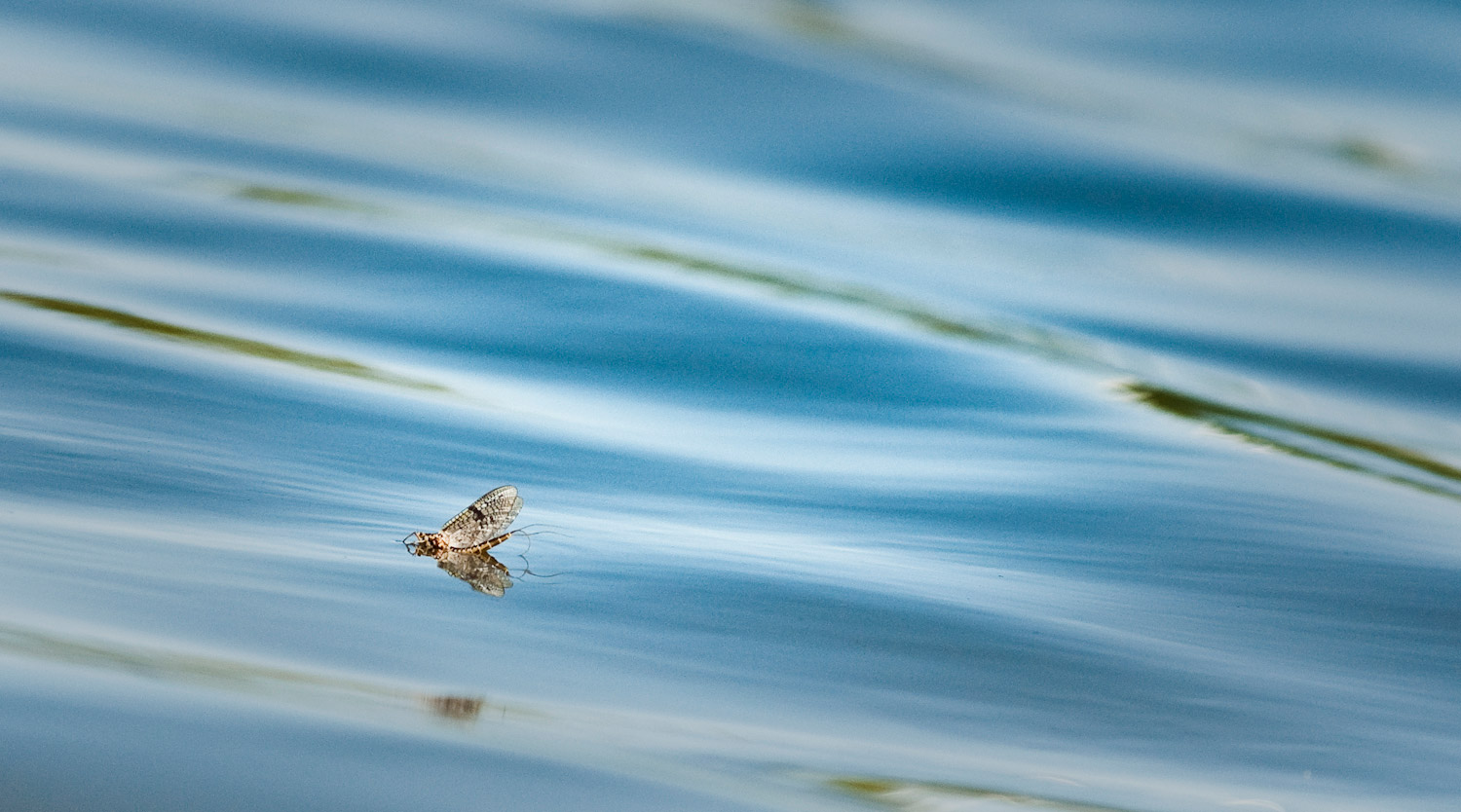
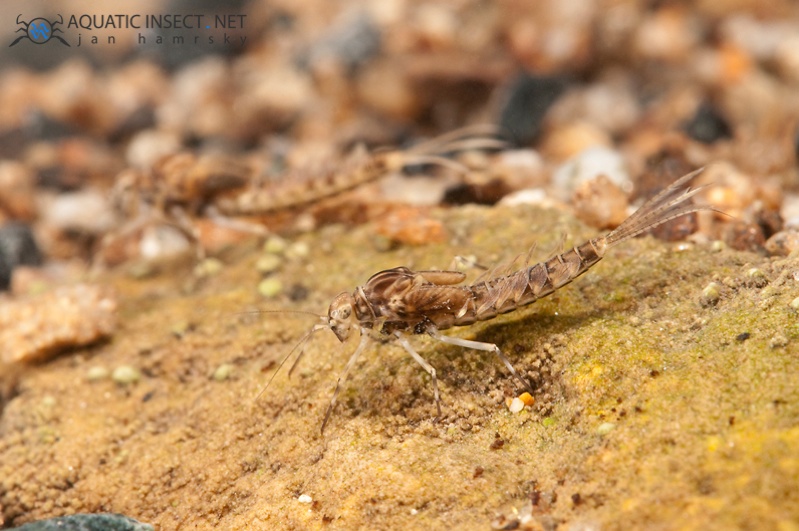
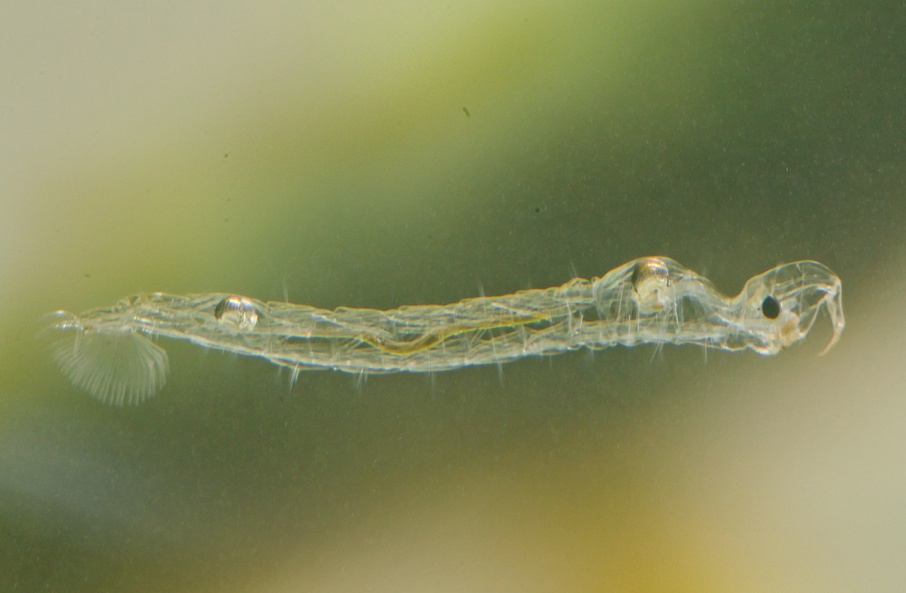
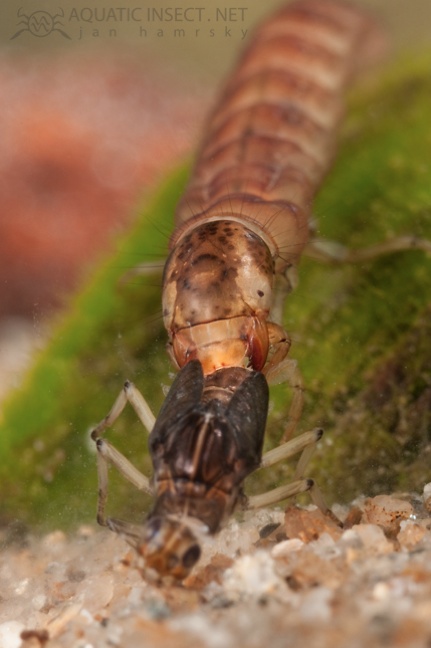
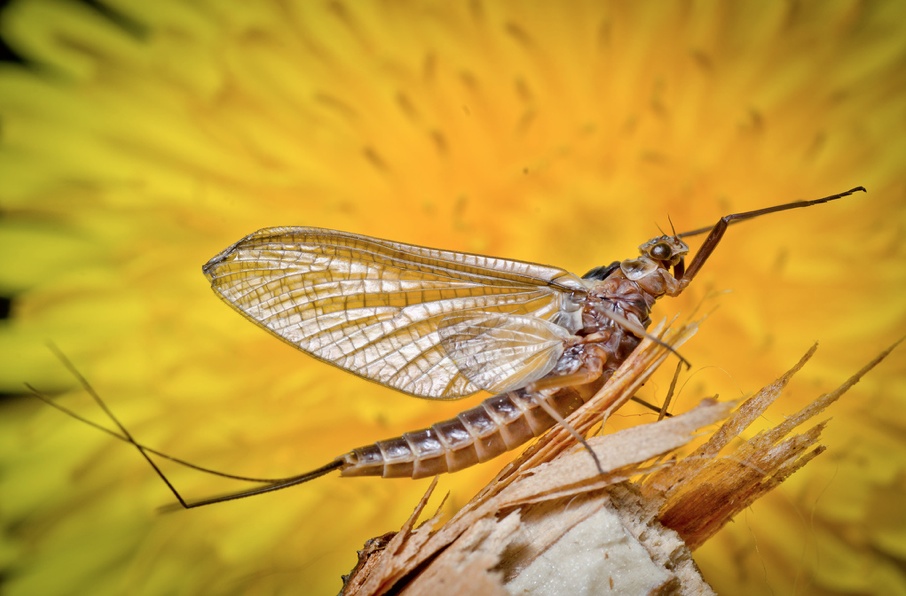
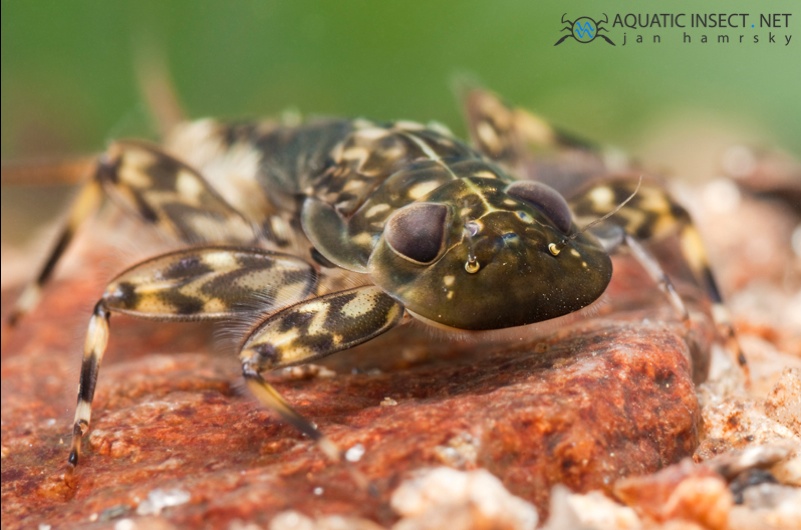
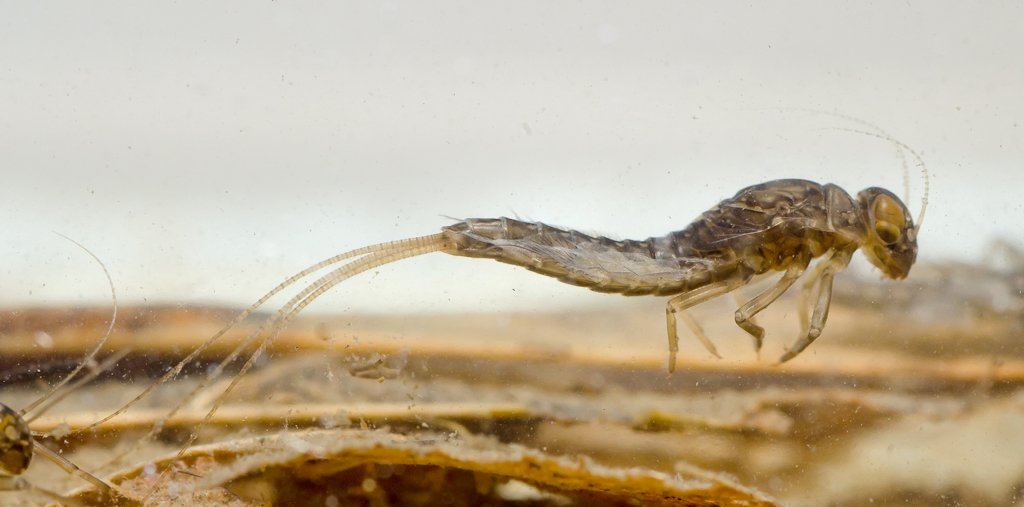
two words: Mop Fly
HaHa. I hear ya Jason.
Thanks for the tips!
Just want to point out that you have a bad URL for Jan’s site. Should be: aquaticinsects.net or http://lifeinfreshwater.net/
It was interesting to me what you mentioned about the color yellow. Many years ago I was experimenting with different color wing posts for parachute adams for better visability and fish reactions. I found the fl. orange and fl. pink worked wonderfully but fl. yellow would get refusal after refusal. In most cases the fish would bolt out of the area like they were frightened. After that summer long experiment I never have used fl. yellow wing posts on anything. I have used pale NON- fl. yellow for parachute hoppers and hex. may fly patterns.
Gary LaFontaine referred to these elements as trigger points and Garys’ “Double Wing” pattern is the one pattern that incorporates the greatest number of different trigger points that I can think of. The pattern suffers from being a rather diffacult pattern to tie properly.
DONT click the links! They took me to a site that promised an update of an Adobe program but installed a program I didn’t want. Had to do an internet search to find out how to get rid of it.
very nice overview! i would add to your comments re shape, that some shapes suggest vulnerability, that is, crippled, spent, etc. vulnerability of a food source definitely entices trout to take a fly in the midst of others less vulnerable.